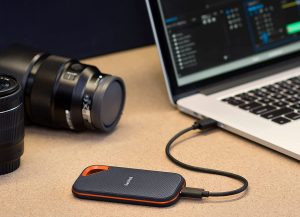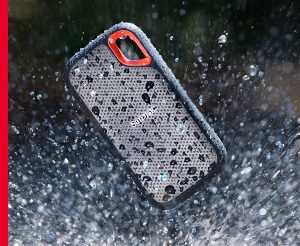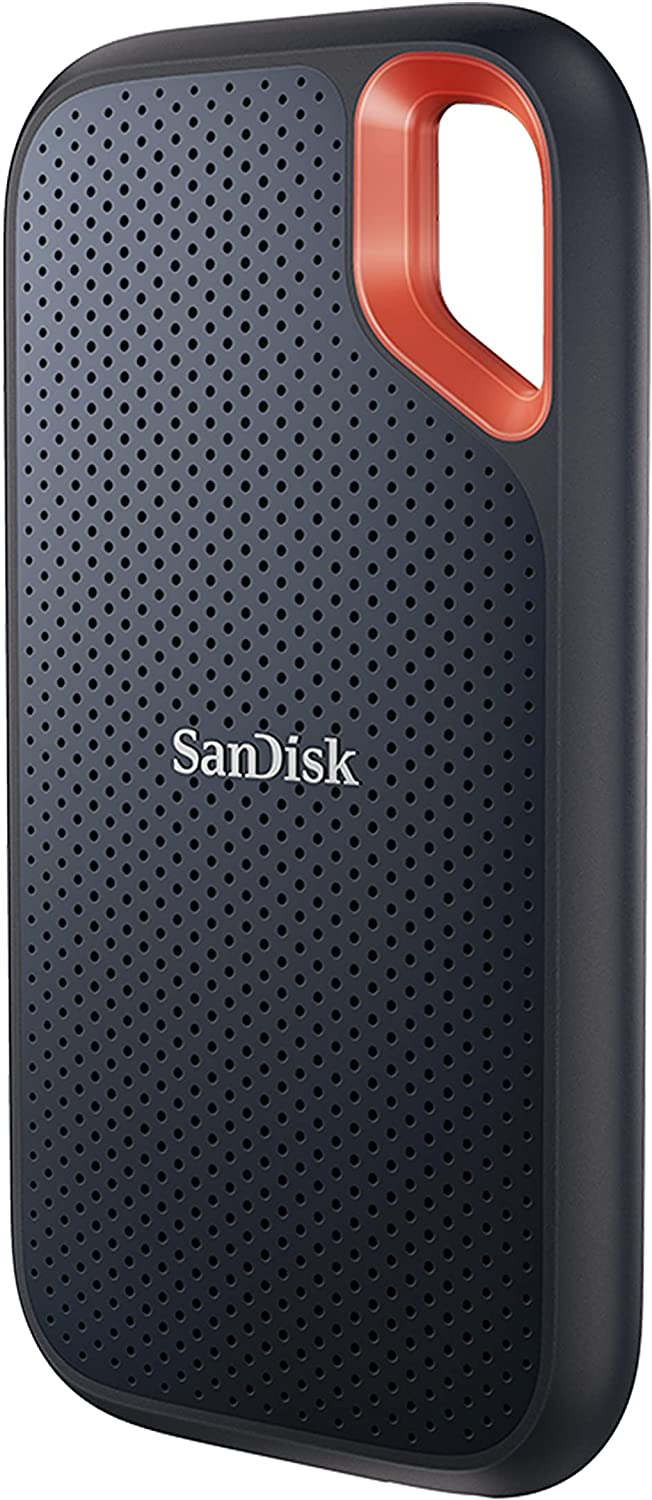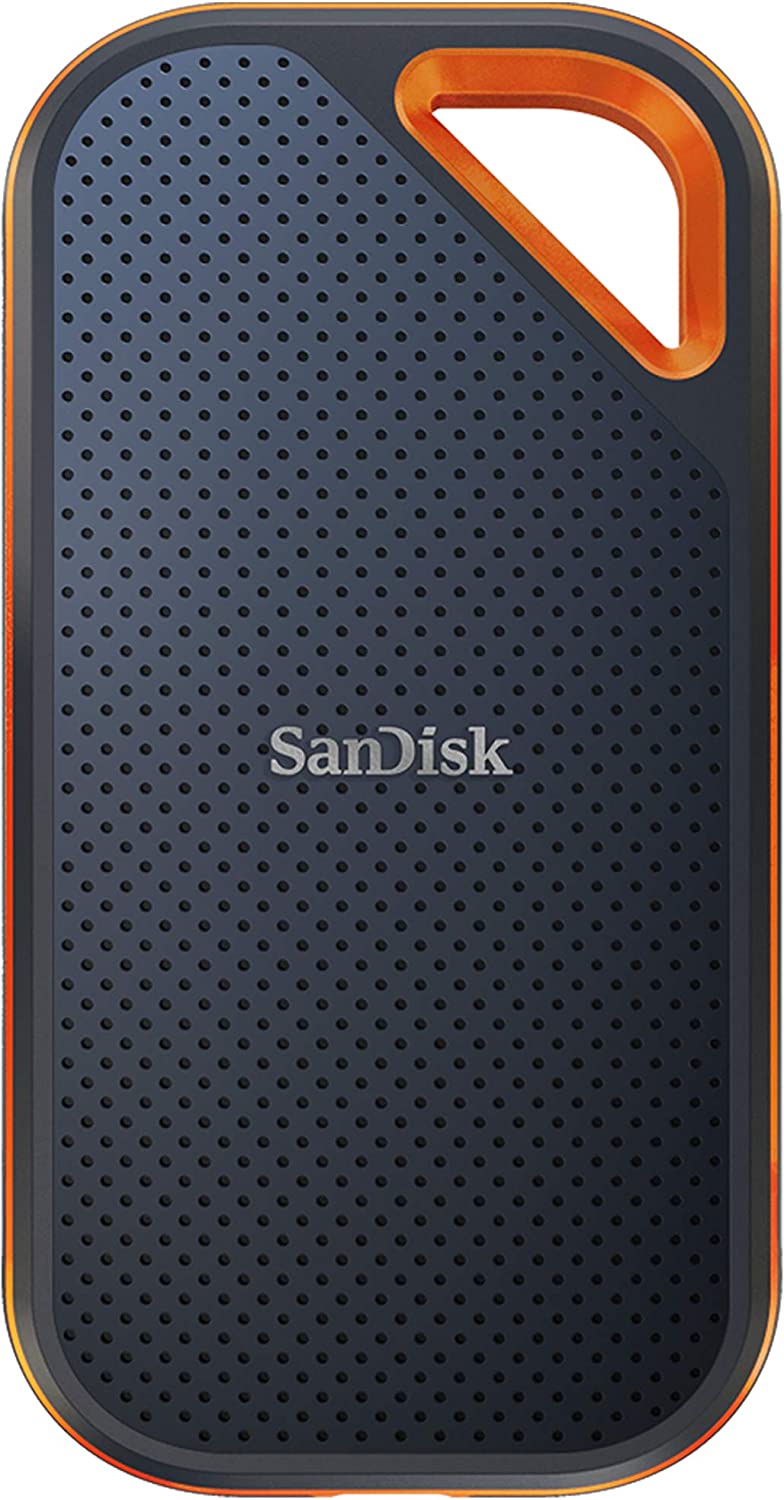You know that moment when you’re exporting a massive video project and your external drive suddenly feels like it’s swimming in molasses? Or when you’re backing up travel photos and wonder if you’ll be sitting there forever? Yeah, we’ve been there. These days, an external SSD isn’t just something nice to have—it’s your lifeline. And when it comes to trusted performance on the go, SanDisk is one of those names you don’t even question anymore. But then you hit a wall: Extreme or Extreme Pro?
They look the same. They sound almost the same. But make no mistake—there are real differences under the hood, and depending on how you use your storage, those details will either quietly support you or straight-up transform your workflow.
Let’s break it all down like we just pulled both out of our bags and started testing them side by side.
Tough on the outside, premium on the inside

At first glance, you wouldn’t be blamed for mixing them up. Both drives are compact, rugged, and dressed in that signature dark rubberized shell with a splash of orange that screams “I’m fast, I’m durable, I know what I’m doing.” They even have the same SanDisk logo and carabiner hole—until you look closer.
The Extreme Pro doesn’t just look tougher—it is. While the regular Extreme sticks with a silicone wrap for shock resistance, the Pro goes full forged aluminum, which adds not only structural strength but also acts as a heat sink during those heavy-duty transfers. It stays cooler under pressure, which might sound like marketing speak—until you’re dumping 200GB of raw footage in one go.
Even the carabiner loop gets a tiny redesign: trapezoidal on the Extreme, triangular on the Pro. It’s subtle, but it feels like SanDisk’s way of winking at power users.
Capacity: a sign of who it’s made for
It’s not just about what it can hold—it’s about who it’s built for. The Extreme offers 500 GB up to 4 TB, which covers a nice spectrum from casual backups to more serious use.
But the Pro? No 500 GB here. It starts at 1 TB and goes to 4 TB. Because let’s be honest—this drive assumes you’re working with 4K video files, raw image folders, and multi-layered audio sessions. If you’re reaching for a 500 GB drive, the Pro isn’t talking to you.
This is a drive made for people who push their gear, and SanDisk made that clear from the lineup alone.
Now for the meat: speed that changes your workflow
Here’s where the gap turns into a chasm.
-
SanDisk Extreme: up to 1050 MB/s read and 1000 MB/s write
-
SanDisk Extreme Pro: up to 2000 MB/s for both
That’s not a typo. The Pro is literally twice as fast, and if you’ve ever sat through a slow transfer, you know that’s not just a nice-to-have—that’s minutes, even hours, of your life back.
Batch-processing video? Offloading terabytes of photos? Copying Unreal Engine project files? The Pro flies through it while the regular Extreme gets the job done, but takes a breath or two.
The catch? You’ll only see full Pro speeds if your system supports USB 3.2 Gen 2×2. Otherwise, it defaults back to Gen 2, which means the same 1050-ish MB/s you get from the Extreme. So check your laptop or desktop before you expect warp speed.
Both have USB-C—but only one is fully unleashed
On the outside, same port. USB-C, standard cable, no fuss. But internally?
-
Extreme: USB 3.2 Gen 2 (10 Gb/s)
-
Extreme Pro: USB 3.2 Gen 2×2 (20 Gb/s)
The protocol makes the difference. Gen 2×2 is what lets the Pro hit those 2000 MB/s speeds. If your computer doesn’t support it, you’re not unlocking the Pro’s full power. It’ll still be a great drive—but not a turbocharged one.
The good news? Even when capped, you’re not “losing” speed—it’s just matching the Extreme. But if your machine is Gen 2×2-ready, the Pro becomes something else entirely.
Durability and real-world protection

Whether you’re shooting in the field, working on the road, or just tossing your gear into a backpack, you want peace of mind.
Both drives are IP55 rated, which means dust won’t sneak in and splashes won’t ruin your day. You can’t dunk them in a pool, but they’ll survive a coffee spill, light rain, or being jostled around in a crowded camera bag.
But again—the Pro wins. That aluminum casing adds shock resistance and temperature control, especially during those multi-gig transfers where heat builds up fast.
Less heat = less throttle = better long-term performance.
Security: no shortcuts here
No matter which one you buy, you’re getting 256-bit AES hardware encryption. That’s military-grade stuff. Add a password, and if someone finds your drive, they’ll find zero access unless they also find your passcode.
This isn’t just about keeping secrets—it’s about client files, confidential contracts, unreleased content. You never think you’ll need encryption—until one day you do.
What’s under the hood: same brain, different muscle
Both drives use quad-core controllers to juggle data transfers, encryption, and wear leveling, which is just a fancy way of saying your SSD won’t wear out after a few thousand writes.
But remember that the Extreme Pro’s aluminum shell gives it a thermal edge. So while both are efficient, the Pro can sustain performance longer under high pressure.
Plug it in and go—literally
No formatting hoops. No drivers. Just plug it in. Whether you’re on Windows or macOS, USB-C or USB-A (with an adapter), it’s instantly usable. SanDisk doesn’t force you to install junkware or go through any setup rituals. It just works.
Size and portability: not a dealbreaker

The Extreme weighs just under 50g, while the Pro jumps to around 77g. On paper, that sounds significant. In your backpack? You’ll never notice the difference.
Both are pocket-sized, silent, and cable-friendly. The Pro might feel a bit denser in the hand, but that weight is all performance and protection.
Long-term value: what are you actually investing in?
This isn’t about which drive is “cheaper.” It’s about what you’re doing with it.
-
The SanDisk Extreme is for everyday power users. Photographers, students, general productivity. Fast, reliable, and safe.
-
The SanDisk Extreme Pro is for creators, editors, devs, and data-heavy professionals. People who can’t wait. People who don’t compromise. It’s an investment in speed, durability, and future-proof workflows.
The verdict? The Pro walks away with it
We’ll put it plainly: if your work depends on fast, secure, high-volume file transfers, the SanDisk Extreme Pro is the drive you want in your bag. It’s not just a spec bump—it’s a real-world upgrade.
Yes, the Extreme is a fantastic drive. It’s sleek, fast, and perfect for the majority of users. But if you’re dealing with large projects, high-resolution media, or client deadlines, the Pro doesn’t just help—it performs like a co-pilot.
And when your data is your work? That difference matters.


